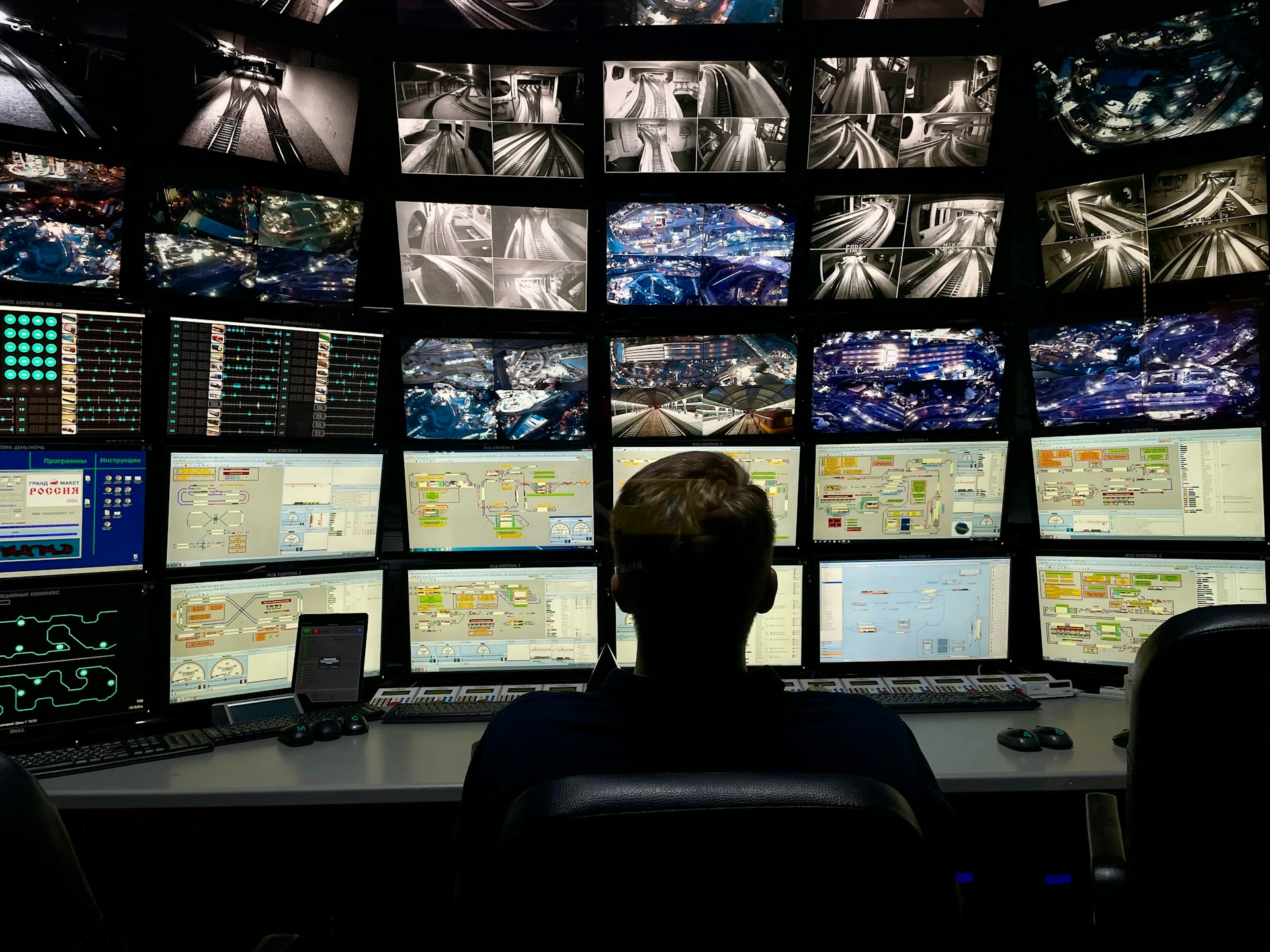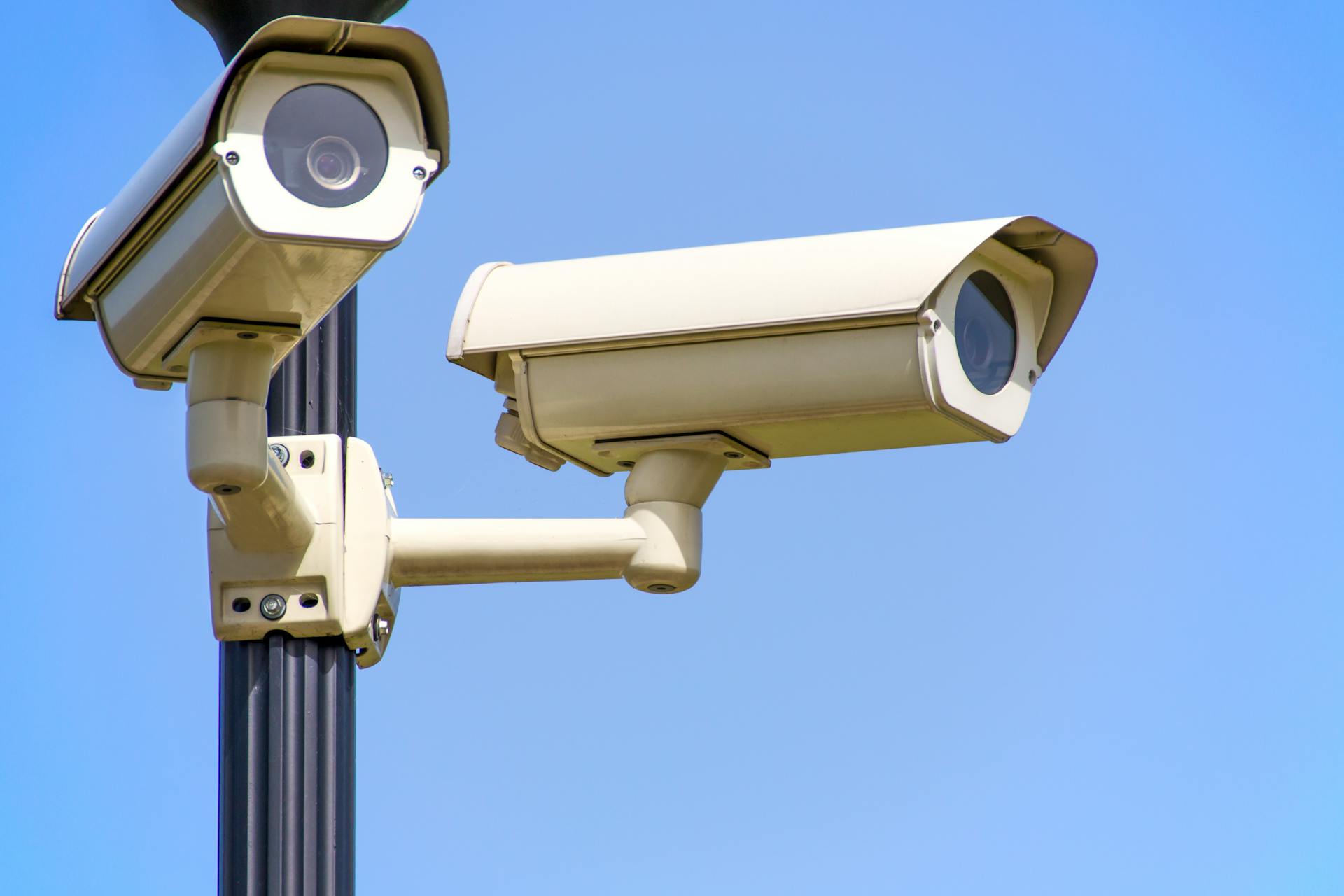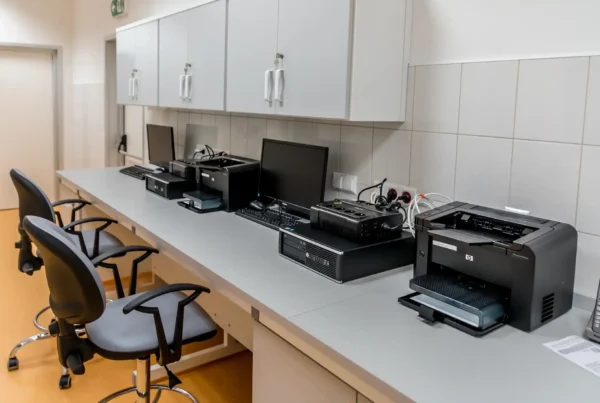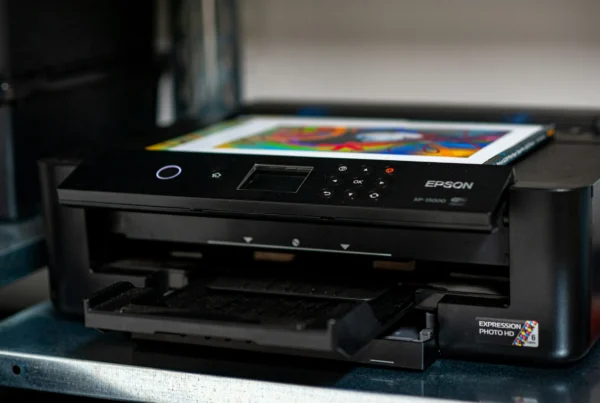Modern physical security challenges demand more than simply installing cameras and hoping for the best. For any business actively evaluating options, the right video surveillance system can become not just a deterrent, but a proactive, intelligence-driven tool.
Quick Self-Check: Is Your Video Surveillance System Up to Modern Standards?
- Are all cameras viewable from a single dashboard?
- Can you access footage remotely without downloading it?
- Do your cameras automatically detect unusual activity?
- Are alerts linked to access events or sensors?
- Is your video encrypted and stored securely?
If you answered “no” to any of these, it may be time to upgrade to modern video surveillance solutions. In this guide, we’ll walk you through identifying weaknesses in legacy systems, prioritizing features in modern video surveillance solutions, and implementing a scalable, future-ready setup.
The Risks of Outdated or Fragmented Business Video Surveillance
Many businesses begin by installing video surveillance systems in stages, adding cameras from different vendors or utilizing separate DVRs and networks. Over time, this patchwork setup creates blind spots, missing footage, and inconsistent coverage across critical areas.
As systems become increasingly fragmented, monitoring becomes more tedious. Multiple logins, incompatible software, and scattered storage slow response times and make it harder to access key footage when it matters most. Manual reviews of hours of video and cross-checking access logs further delay investigations and decision-making.
Maintaining these disconnected systems also drains time and resources. Teams must manually handle firmware updates, backups, and maintenance, which takes focus away from core operations and leaves room for security gaps to emerge.
Discover the Right Video Surveillance System for Your Business
Schedule a 30-minute consultation today to discover how our custom business video surveillance solutions can safeguard your assets, streamline monitoring, and provide actionable insights.
What to Look for in a Modern Video Surveillance System
Upgrading to a modern business video surveillance system is a transformation that embeds intelligence, scalability, and insight into your security architecture. Here are the core advances to look for in a video surveillance system:
AI-Enabled Cameras & Analytics
Look for cameras that go beyond simple recording. AI-powered systems can detect unusual motion, identify loitering, track people moving against the flow, and flag potential security events in real time.
Advanced analytics can also detect crowd behavior, abandoned objects, and other anomalies while filtering out false positives such as moving shadows or swaying trees. These capabilities turn your surveillance from passive monitoring into proactive threat detection.
Cloud Storage, Centralized Management, & Scalability
Choose a system that securely stores footage in the cloud, keeping it protected and instantly accessible even if local hardware fails. A centralized management platform should bring all cameras, alerts, and locations into a single intuitive dashboard.
This allows administrators to monitor system performance, track uptime, and scale by adding new cameras or sites without disruption. Streaming live or recorded footage from any device should be seamless, eliminating the need for manual backups.
License Plate Recognition
If your facility includes parking lots or gated areas, a system with License Plate Recognition (LPR) capabilities can be invaluable. Look for solutions that automatically read and log vehicle plates, control access, alert you to tailgating, and provide insights into parking patterns, such as peak usage times. Integration with access control ensures these operations run smoothly without adding extra workload for staff.
Integration with Access Control, Sensors, & Alarms
Your video surveillance solution should integrate with door access, motion detectors, intrusion alarms, and facility management tools equipped with smart sensors that monitor temperature, humidity, smoke, water leaks, and power fluctuations.
This integration enables a synchronized response to potential threats, whether it’s a security breach or an environmental hazard. Look for systems that automatically capture and alert when unusual activity occurs, giving you real-time situational awareness.
High-Definition Cameras & Flexible Optics
Look for cameras offering at least 1080p, ideally 4K or higher, with wide dynamic range (WDR) to effectively handle lighting contrast. Also prioritize motorized pan-tilt-zoom (PTZ) or varifocal lenses to adapt to changing needs.
Many video surveillance solutions now support multiple resolution streams, allowing for one high-quality recording for archiving and a lower-bandwidth, lower-resolution version for real-time viewing.
Audit Trails, Alerts & Dashboard Insights
Look for features beyond raw video, such as real-time alerts, dashboards with incident logs, usage metrics, and seamless clip export. These capabilities turn your business video surveillance into a proactive tool that delivers insight, improves response times, and informs operational decisions.
Strong Cybersecurity & Encryption
Choose a video surveillance system that safeguards your footage with encrypted streams, secure authentication, role-based access, and audit logs. Look for solutions that support regular firmware updates, network segmentation, and intrusion protection, keeping your system safe from tampering or unauthorized access.
7 Benefits of Investing in a Modern Video Surveillance System
Here’s what you should expect when you upgrade from legacy systems to modern video surveillance solutions:
- Enhanced Safety & Security: With full coverage, smart alerts, and redundant capture, you close blind spots and reduce risk exposure.
- Faster and Actionable Incident Response: Instead of manual searches, alerts can notify your team in real time. With video tied to access events, plate logs, or sensor triggers, you can rapidly verify and respond to threats.
- Operational Insights: Analytics embedded in video systems provide metrics such as traffic flow, heat maps, dwell times, queue lengths, and high-incident zones, which are useful beyond security for operations, layout, staffing, and process optimization.
- Centralized Oversight & Scalability: Managing multiple sites from a unified console saves time, standardizes policies, and ensures consistency. Scaling to new locations or cameras becomes frictionless.
- Better Compliance & Auditability: Secure access, audit logs, encrypted video, and governance policies reduce legal risk and make investigations and audits straightforward. You also maintain control over retention, deletion, and export of critical footage.
- Cost Efficiency Over Time: While the upfront investment may be higher, cloud-based or hybrid systems reduce the burden of local hardware maintenance. Intelligent storage tiering and compression reduce ongoing costs. Marginalized shrinkage, theft, or downtime yields returns.
- Resilience & Reliability: Redundant architectures, failover paths, and remote storage safeguard against power failures, hardware crashes, or physical tampering. Your surveillance system stays functional when you need it most.

Step-by-Step Process to Choose the Best Video Surveillance System
Choosing the right video surveillance system requires planning and evaluation. Follow these steps to ensure effective business video surveillance:
1. Assess Your Risk & Needs
Begin by identifying your organization’s risk profile and security needs. Evaluate zones of interest, incident history, theft hotspots, asset values, and potential threats. Ask questions like: Where are your vulnerabilities? What events would cause the greatest operational disruption?
Map these findings to the monitoring and control requirements for your business video surveillance system, ensuring that coverage and analytics are targeted where they matter most.
2. Conduct a Site Survey & Coverage Plan
Next, perform a thorough site survey. Work with your security partner to walk through every relevant area. Identify optimal mounting positions, determine which camera types (PTZ, fixed, dome, bullet) are best suited for each location, assess lighting conditions and potential obstructions, and examine network paths.
3. Map Use Cases & Compare Features
With your risks and coverage mapped, outline the key use cases for your business video surveillance system. Examples include intrusion detection, LPR, AI-driven behavioral analytics, or integration with access control systems.
Develop a feature checklist to compare potential vendors, evaluating capabilities such as remote access, cloud storage, intelligent alerts, multiple resolution streams, and interoperability with other systems.
4. Pilot & Evaluate the System
Before committing enterprise-wide, deploy a pilot program in a high-priority area. Test image clarity, latency, false positive rates for alerts, user interface intuitiveness, and integration with other systems.
Evaluate how well your business video surveillance solutions perform under real-world conditions. A pilot helps avoid costly mistakes, ensures user adoption, and validates that the system can meet your operational and security expectations.
5. Calculate Total Cost & ROI
Calculate the total cost of ownership, including hardware, installation, licensing, bandwidth, cloud storage, maintenance, and potential scaling needs. Compare these costs with the expected benefits, such as loss prevention, reduced downtime, operational efficiency, and potential insurance incentives.
A thorough ROI analysis ensures that your video surveillance system is not only effective but also financially justified over the long term.
6. Implement & Tune the System
After selecting a vendor, implement the full deployment carefully. Fine-tune camera angles, exposure settings, alert thresholds, and overlapping fields of view to optimize performance. Integrate the business video surveillance system with access control, intrusion detection, alarms, or environmental sensors to enhance security and operational efficiency.
7. Monitor & Optimize Continuously
Once deployed, continuously monitor system health, review analytics trends, and evaluate incident responses. Conduct periodic audits to optimize camera placement, alert settings, and coverage areas to ensure optimal performance.
Add new cameras or analytics modules as your business evolves to maintain a scalable and reliable video surveillance solution. Regular feedback ensures your business video surveillance system remains effective, secure, and aligned with your evolving operational needs.
Why Choose Proven IT as Your Video Surveillance Partner
At Proven IT, we don’t just sell cameras. We engineer video surveillance solutions that align with your business objectives, risk profile, and growth path. Here’s how we set ourselves apart:
- 24/7 Remote Monitoring: Our team provides round-the-clock monitoring with real-time alerts and remote access from any device to ensure your business video surveillance never misses a critical event.
- Enterprise-Grade Equipment & Software: We deliver high-quality hardware and intelligent software for reliable protection and full visibility across your facilities.
- Smart Features, Simple Control: We offer advanced tools like analytics, remote access, and seamless integration in an easy-to-use video surveillance system for streamlined security management.
- Custom On-Site Assessment: We conduct on-site evaluations to design tailored video surveillance solutions, recommending optimal camera placement and access control for your unique needs.
Eliminate Risk and Scale With a Smarter Video Surveillance System from Proven IT
Choosing the best video surveillance system for your business is a high-stakes decision. At Proven IT, we bring deep technical experience, design rigor, operational support, and ongoing management to every deployment.
Let us partner with you to upgrade your business video surveillance infrastructure, mitigate risk, and build a scalable, insight-driven security solution.






